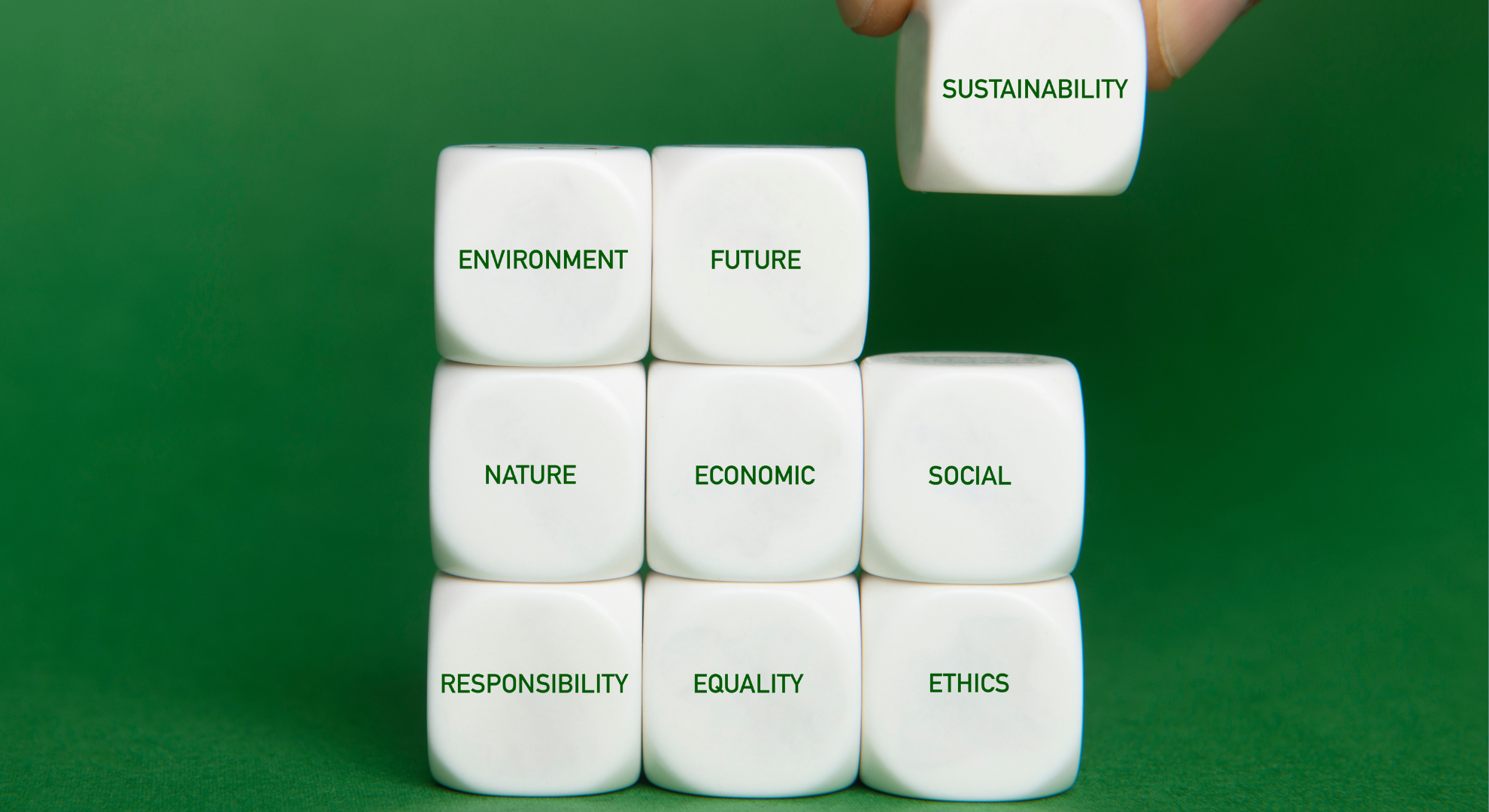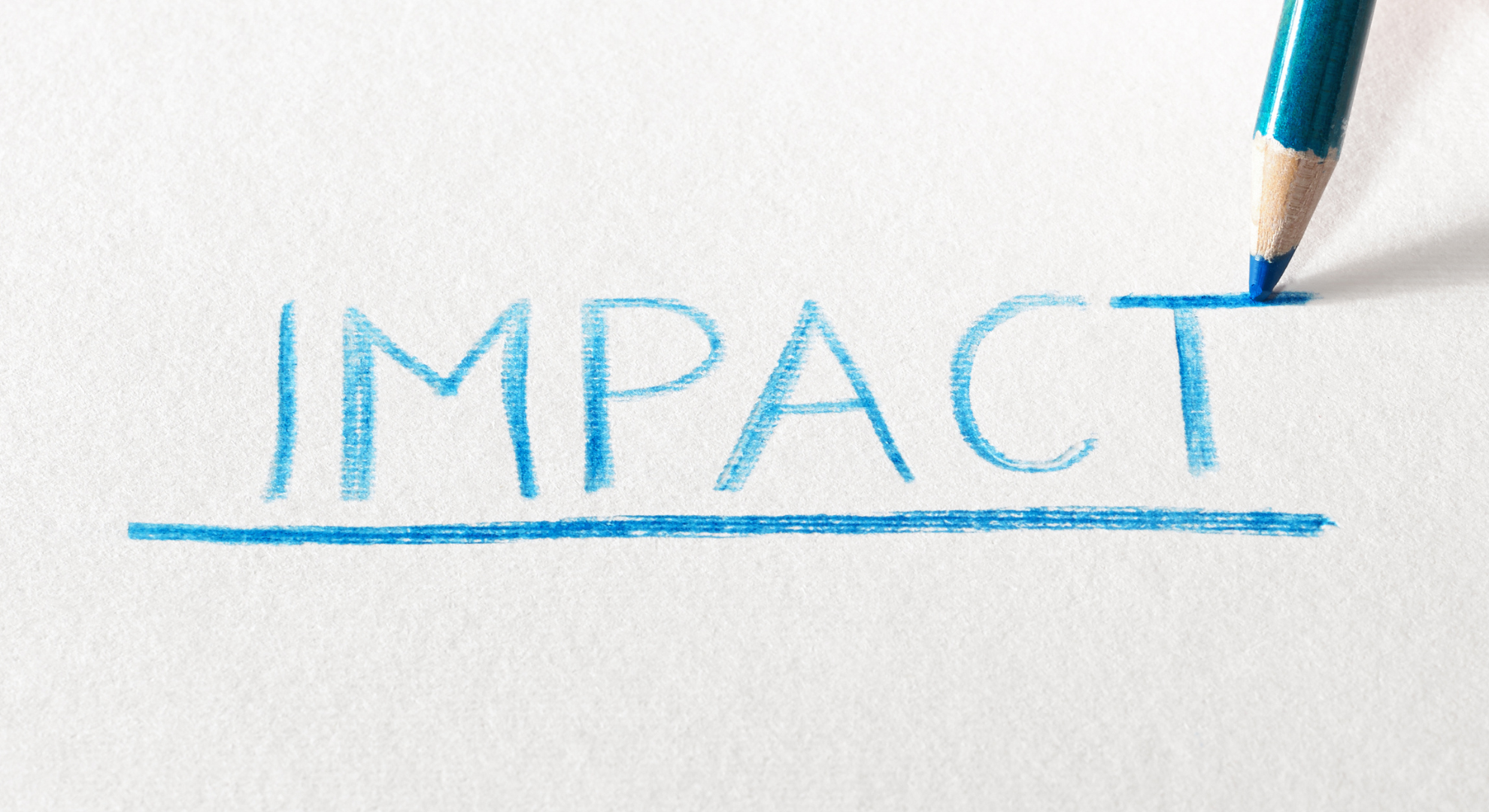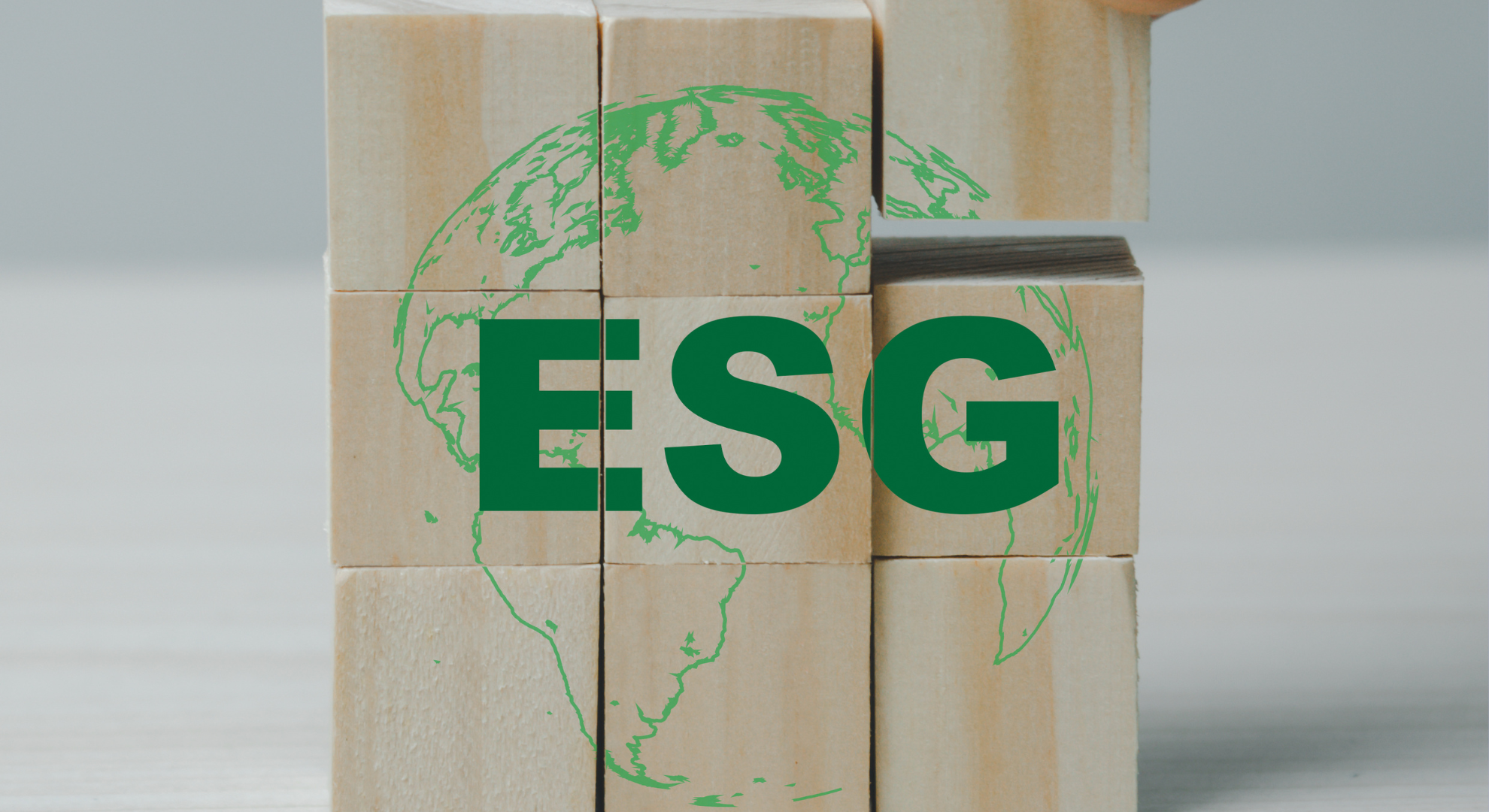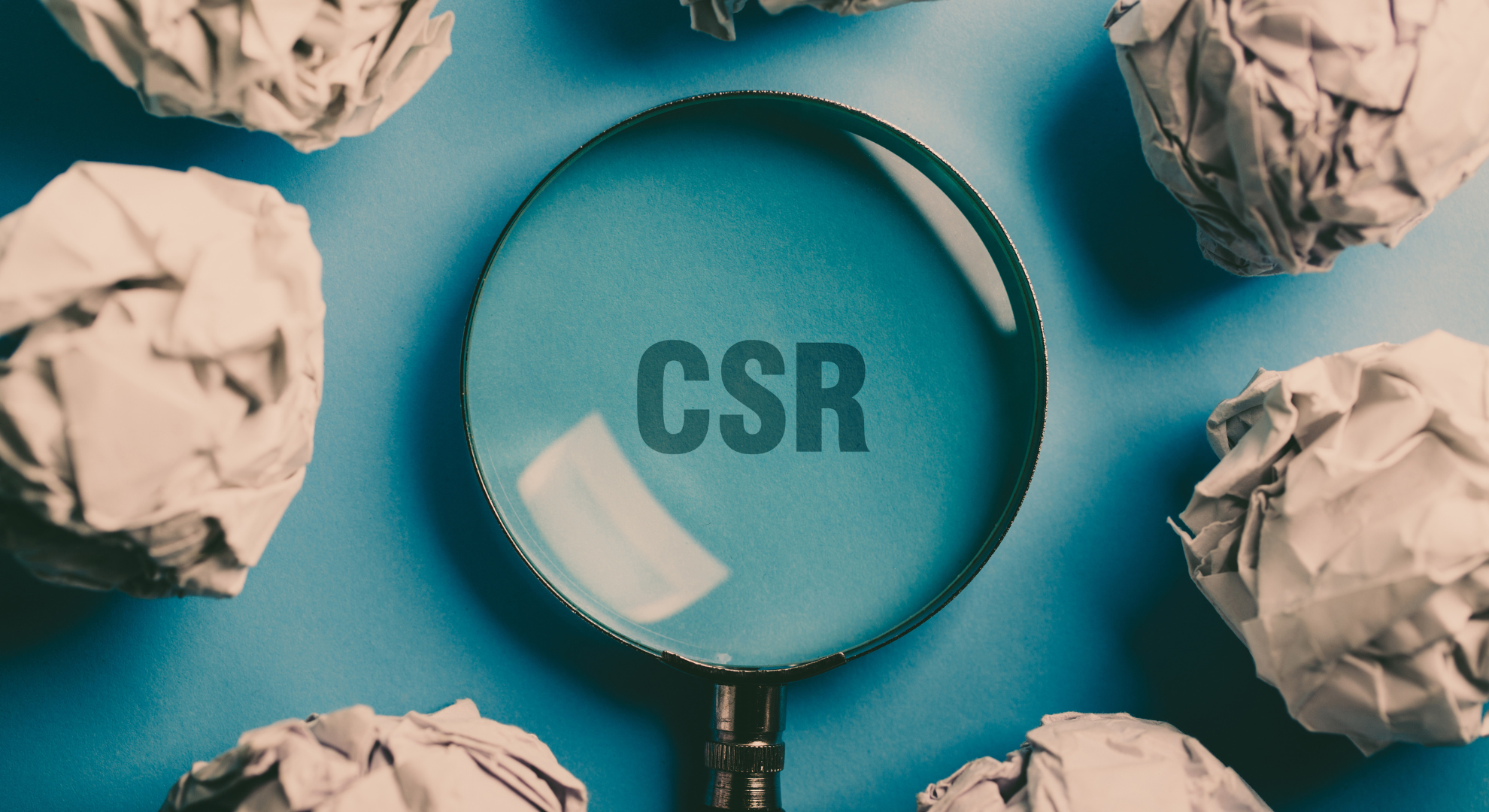Definition
On a purely grammatical level, the word sustainability comes from the root of the word “to sustain” and refers to the ability of something to endure over time, to continue a course without termination.
The concept of sustainability is inevitably linked to time.
From that same etymology also comes the word sustainable which means “able to continue at the same level for a period of time”.
“Same level” highlights a very important notion: the quantity of natural resources and the state of natural ecosystems must not just be protected for today’s human needs and aspirations.
They must be sufficient to guarantee, for future generations, the same prosperous development and the same opportunities as they are today.
Related to the environment and for business and policy use, the term sustainability applies to “using methods that do not harm the environment so that natural resources are still available in the future.”
Sustainability can eventually be defined as “the process of living within the limits of available physical, natural and social resources in ways that allow the living systems in which humans are embedded to thrive in perpetuity.”
History
Sustainability is linked to the stream of thoughts that challenges society’s economic growth.
The Club of Rome, founded in April 1968 by Aurelio Peccei, an Italian industrialist, and Alexander King, a Scottish scientist, is a think tank composed of scientists, economists, businessmen, international high civil servants, heads of state, and former heads of state from all five continents.
It published in 1972 its first report The Limit to Growth, known also under the name of The Meadow report, because of its main authors, ecologists Donella Meadows and Dennis Meadows.
The report concludes that, without substantial changes in resource consumption, “the most probable result will be a rather sudden and uncontrollable decline in both population and industrial capacity.”
The authors make several proposals:
- On the demographic level, measures such as the limitation of two children per couple
- On the economic level, taxes on industry, to stop its growth and redirect the resources thus levied towards agriculture, services and above all the fight against pollution
For this economy without growth to be accepted, the authors propose to distribute the wealth to guarantee the satisfaction of the main human needs.
The 1973 oil crisis increased public concern about sustainability issues. The report went on to sell 30 million copies in more than 30 languages, making it the best-selling environmental book in history.
Then, in 1983, the United Nations created the World Commission on Environment and Development to study the connection between ecological health, economic development, and social equity. The commission was run by the former Norwegian prime minister Gro Harlem Brundtland.
After four years of work, in 1987, the “Brundtland Commission” released its final report, Our Common Future, introducing the concept of sustainable development as “an economic development that meets the needs of the present without compromising the ability of future generations to meet their own needs.” and describing how it could be achieved.
It consolidates decades of work on sustainable development.
Following this path, in 1992, the Rio Earth Summit rallied the world to take action and adopt Agenda 21, a comprehensive plan of actions to be taken globally, nationally, and locally by organizations in every environmental area impacted by humans.
The number 21 represented the goal of attaining long-term progress in the twenty-first century.
The United Nations Commission on Sustainable Development (CSD) was created in December 1992 to ensure effective follow-up, monitoring, and reporting on the implementation of the Agenda 21’s agreements at the local, national, regional, and international levels.
8 years later, with Millennium Development Goals (MDGs) adopted in 2000 by all 191 United Nations member states and at least 22 international organizations, social justice meets public health & environmentalism.
Finally, the Sustainable Development Goals (SDGs) and the 2030 Agenda for Sustainable Development succeeded the MDGs in September 2015.
Those 17 goals reinforce the universal project and call to action to end poverty in all forms, to protect the planet, and to achieve worldwide peace and prosperity for people, now and into the future.
Sustainability comes from this concept of “sustainable development”.
Sustainability defines a long-term goal: working toward a more sustainable world, while sustainable development refers to the many processes and pathways to achieve this goal.
-
- Cambridge dictionary
- University of Alberta
Related articles
Global Reporting Initiative: What It Is and How to Do It
GRI stands for Global Reporting Initiative, and is an international independent standards organization that promotes sustainability reporting through the development of global standards for corporate responsibility, including environmental, social and governance (ESG) reporting...
Impact – What is Impact
The Corporate Sustainability Reporting Directive (CSRD) requires large businesses and SMEs to produce annual reports on their environmental and social impacts.
CSRD – What is CSRD
The Corporate Sustainability Reporting Directive (CSRD) requires large businesses and SMEs to produce annual reports on their environmental and social impacts.
Corporate Sustainability Reporting Directive: All you need to know
The Corporate Sustainability Reporting Directive is an EU regulation that will have a huge impact on how organisations report their environmental, social and governance (ESG) performance...
Discover the latest Sustainability Recent Developments to improve your companies
Sustainability is a concept that evolves due to pressing sustainability challenges, worldwide issues, and its own concept limits. New concepts have emerged to think further and respond better to all the world’s current challenges...
GRI – What is the Global Reporting Initiative
The GRI is an international independent standards organization and currently issues one of the most well-known standards for ESG reporting (GRI Standards).
What is Materiality and Why it matters in business
Materiality is crucial for sustainability reporting because it allows companies to focus on the most important aspects of their sustainability efforts. A company can choose to report on all aspects of its sustainability program, but this would be extremely time-consuming and would probably not be very useful for investors and other stakeholders...
Materiality – What is Materiality
ESG is an acronym for Environmental, Social, and (Corporate) Governance. It refers to the non-financial factors of a corporation’s impact.
EcoVadis – What is EcoVadis rating
Created in 2007, EcoVadis provides a collaborative web-based rating platform for assessing the sustainability performance of organizations worldwide.
Impact-washing – What is Impact-washing
Impact washing can be defined as any marketing claim about a product/good/service/funds triggering a change in the real economy that cannot be supported by evidence.
ISO 26000 – What is ISO 26000
ESG is an acronym for Environmental, Social, and (Corporate) Governance. It refers to the non-financial factors of a corporation’s impact.
B Corp – What is B Corporation certification
ESG is an acronym for Environmental, Social, and (Corporate) Governance. It refers to the non-financial factors of a corporation’s impact.
The concept of impact on social and environmental issues and its implication for companies
Impact measurement is a powerful tool for companies to gauge their impact on social and environmental issues. In this article, we will discuss the concept of impact, its implications for organizations, and how it can be measured...
The most important and recent developments of ESG (Environmental, Social and Governance)
Being a B Corporation is not just about making profits and creating wealth for a company, it is a way of creating a more sustainable future for society! Discover our article about B corps and its benefits here...
The process for an enterprise to get the B corp certification
Becoming a B Corporation is an ambitious undertaking. This article will guide you through the steps required to become a B Corporation…
CSR – What is Corporate Social Responsibility
CSR is centered on the idea that businesses have a responsibility to benefit the society that they exist within—a broader view than the one that says businesses’ only responsibility is to produce economic profit.
What is a B Corporation: what this means and its benefits for companies
Being a B Corporation is not just about making profits and creating wealth for a company, it is a way of creating a more sustainable future for society! Discover our article about B corps and its benefits here...
The guide to EcoVadis certification: frequently asked questions
This guide will take you through the steps of the EcoVadis Certification process, and explain what is involved in becoming a certified business...
The implications of ISO 26000 for companies
ISO 26000 is a standard providing direction for the application of social responsibility to the activities of an organization. But what does this mean? And how can organizations use it to create better and more sustainable business practices? Let's talk about it…
What is the meaning of CSR (Corporate social responsibility) and how to adopt it?
A Corporate Social Responsibility strategy refers to an organization's active consideration of the effects its activities have on the environment, employees, customers, and suppliers. Let's look at how your company could adopt such a program...
ESG – What is Environmental, Social and Governance
ESG is an acronym for Environmental, Social, and (Corporate) Governance. It refers to the non-financial factors of a corporation’s impact.
4 reasons companies should adopt CSR, Corporate social responsibility
CSR is all about managing a company’s externalities while creating sustainable value for stakeholders and continuous innovation for the business. Let's break that down and explore why...
Carbon disclosure project reporting: what is it and how does it work?
Read our article about The Carbon Disclosure Project (CDP), an extra-financial questionnaire that collects data on companies’ environmental practices and performance...
What are the differences between Corporate Social Responsibility (CSR) and Environmental Social Governance (ESG)?
These terms are both used to describe an approach for businesses to integrate social and environmental factors into their governance policies, strategies, processes, and programs. Yet, they're not the same. Let's explore their key differences...
Why is ESG (Environmental, Social and Governance) important for a business
ESG (environmental, social and governance) can help businesses make sound decisions, and investors achieve better long-term returns. Let's discover how...














